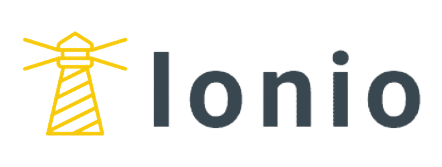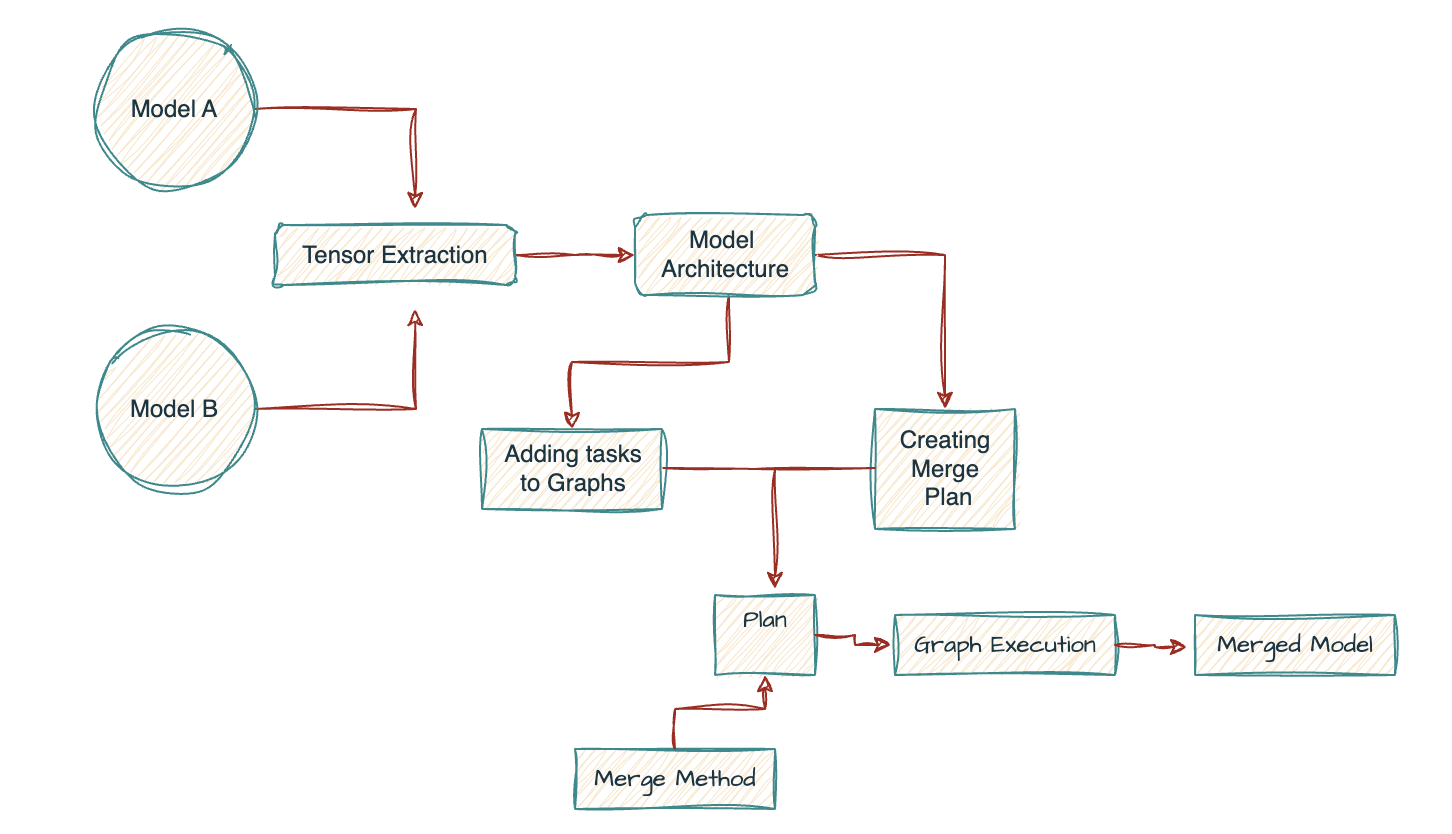Emily, the HR manager of a tech startup, always looks for new ways to streamline their recruitment process. Shortlisting candidates is troublesome, especially with the number of applications they receive for each job opening. The traditional method of manually reviewing resumes and cover letters was not cutting it anymore. And Emily knew they needed a more efficient approach.
One day, she stumbled upon an article about using ChatGPT for recruitment. Intrigued, Emily dug deep and found that ChatGPT could evaluate resumes and applications accurately. She was excited about this technology's potential and decided to try it.
With ChatGPT's help, Emily and her team were able to move from hundreds of applications to a handful of the best candidates.
As a recruiter from any industry, can supercharge your recruitment journey with ChatGPT.
Let's dive deep into this article to find out how to scoop up potential candidates faster and better with ChatGPT.

What is shortlisting?
It's the procedure wherein potential employees are evaluated in light of established standards and selected for an open post. This helps the HR staff narrow down the pool of applicants to a more manageable size for the next round of hiring. By developing a detailed shortlisting procedure, you may improve your chances of finding and employing the best individuals.

Why should you create a shortlist?
Shortlisting will help to speed up and better manage the hiring process. One of the benefits is that it establishes standards for ideal candidates. It also gives an organization valuable insight into the recruiting strategy.
If a company has difficulty finding applicants to shortlist, it shows that expectations are too high or job postings are not on the right platforms.
How to shortlist candidates with ChatGPT?
Communicating with applicants is an integral part of the recruitment process. Automating this conversation using ChatGPT can save time and effort. But that's just the tip of the iceberg. ChatGPT can do more than tha. Find out here-
🔋1. Determine your criteria
You should make a list of the position's "must-haves" and "nice-to-haves" before posting the job. These requirements will serve as the basis for your final selections.
The applicants you interview will need to meet the requirements on your list of must-haves, while those on your list of nice-to-haves might earn them more consideration. However, it does not mean that you will reject any applications that do not satisfy these requirements.
If you're filling a replacement role and aren't sure what to look for in a candidate, look at the people already doing the job. Inquire as to the abilities they consider most vital to their work. Can you describe the ideal candidate's skills and experience?
Ask your question to ChatGPT. Here is how you can make the prompt
- Mention the role you are filling
- Mention the desired results you want to see
- Also, add what are the responsibilities they would have

🚀2. Determine the numbers
Decide the number of shortlisted candidates you'll interview further. This might be a hard and fast figure or a fraction of all submissions. You may estimate this figure by calculating how many people you've interviewed out of everyone who applied for a post.
Don't stress out over how many people made the cut. If more suitable applicants come up, go ahead and conduct interviews with them. Similarly, if there aren't enough people who meet your requirements, you shouldn't spend time filling out your shortlist.
🔨3. Review CVs, Resumes, and cover letters
Try to go over the candidates' paperwork as soon as possible. If you wait until the last minute to read through the applications, you risk being bombarded with paperwork. Reading through hundreds of applications can be mentally exhausting and lead to mistakes in judgment.
You shouldn't rush through a large number of applications because you're afraid of missing out on a perfect match. Rather than putting off tedious tasks until the last minute, check for glaring errors before sending in your resume or CV.
Statistics show that just 25% of candidates are competent and that 88% aren't even good enough to have an interview. It's easy to see why shortlisting is the most time-consuming component of the recruiting process when 75% to 88% of the resumes you receive for an open req are ones you have to weed out.
Candidates were screened and shortlisted manually in the past. The average number of applications received in response to a job posting today is 250, and it can take up to 23 hours per hire to go through them all, assess each applicant with a scorecard, and narrow down the field.
To screen faster and better, take help from ChatGPT. Here is how
- Add the list of nonnegotiable and bonus skills you are looking for
- CTRL + C the CV/Resumes
- CTRL + V them on GPT4 or OpenAI playground
- Ask GPT to filter out the best candidates.


If you want to keep bias at bay, you can add the resumes without name, gender, or race.

Set up a rubric system
A hiring rubric is a set of criteria for determining how candidates should be scored. Each member of the group can have an equal say in the evaluation process when employing a recruiting rubric, sometimes called a hiring matrix or hiring scorecard. It will also help you to mitigate the bias risk.
For the Prompt-
- Ask “You are a recruiter at a SaaS company. You are looking for a [job role]”
- Add “[ Job description]”
- Next “Come up with a Quantitative rating rubric for this. I will then give you plain-text candidate resumes you'll rate them.”


- After that, copy-paste the resume

↪️4. Do pre-interview assessment
Assessments of candidates usually come later in the hiring process, but doing them early on can help you learn more about your applicants, especially if you expect a lot of them.
Assessments are especially helpful if you need to rate candidates on a certain talent. If you have exact requirements, for instance, an assessment might help you sort out the candidates who actually possess the talents you're looking for from those who stated them on their résumé.
You have the option of adding tests either before or after people have applied.
An assessment might help narrow down the pool if you discover too many qualified applicants. Have candidates you're on the fence about taking tests to help you decide if they're a good match. If you anticipate many applications, introducing evaluations of potential candidates earlier in the process will help you learn more about them.
You can prepare questions for the assessment with ChatGPT
- Add the role
- Mention the skills you want to assess
- You can also ask it to " act like a recruiter."

Create personalized questions
You can customize the questions further by asking it to act like an interviewer. It will help you to create a sequence of questions. So the candidates do not feel bored with the dry questions.

🧑💻5. Create a shortlist scorecard
Setting reasonable standards can help you avoid squandering time on people who aren't a good fit. However, it's rare that every applicant you consider will be a perfect fit. The best choices can still be found by assigning ratings.

🌟6. Inform candidates who couldn't make it to the next step
It's good to inform candidates who don't fulfill your requirements that they won't move on, especially if you've done extra screening like a phone interview or assessments.
Telling a candidate they didn't make the cut because there were too many other qualified applicants or because they didn't satisfy some criterion is always appreciated. Leaving on a positive note can increase the likelihood that they will apply again or at least leave them with a favorable opinion of your company.
Write a personalized email this way-
- Tell them what type of person you have chosen
- What you liked about this candidate
- How can this candidate improve themselves


Is GPT better than ATS?
While applicant tracking systems (ATS) may greatly benefit businesses by expediting their employment procedures, they are not without drawbacks.
Some typical problems with ATS include the following:
😶1. False negatives
A major drawback of applicant tracking systems is that they may incorrectly reject competent applicants owing to formatting flaws or insufficient application information. For instance, a candidate's application can be disqualified if they forget to add a keyword that the applicant tracking system is looking for.
🤐2. Inflexibility
When a candidate has impressive credentials or experience, for example, an applicant tracking system (ATS) may not be able to accommodate them. The algorithm won't accurately weigh a candidate's potential in light of their background and accomplishments.
👁️🗨️3. Personalization takes a lot of time
The process of tailoring an ATS to meet the unique requirements of a given business may be time-consuming and expert-heavy. This may be difficult for businesses with fewer employees or fewer IT resources.
😭4. Bias
If not carefully crafted and set up, applicant tracking systems (ATS) might unwittingly inject bias into employment. For instance, if the system is programmed to give more weight to specific keywords or qualifications, it may discriminate against applicants who do not have such characteristics.
🥺. Lack of personalization
Applicants receive automated communications and have little to no interaction with human recruiters; this might give the impression of a cold and impersonal approach. This can harm the applicant's experience and may discourage future applications from competent individuals.
But as you have seen GPT can help you personalize the questions and emails, screens faster and beat bias it outperforms ATS to some point.
Ultimate benefits of using ChatGPT to shortlisting process
Using ChatGPT to support shortlisting in the recruitment process can provide several benefits, including:
🚀1. Increased efficiency
ChatGPT can quickly and accurately screen resumes and applications, reducing the time and resources required for manual shortlisting.
💙2. Improved candidate experience
ChatGPT can provide candidates with personalized and interactive communication, creating a positive and engaging experience.
🤗3. Reduced bias
ChatGPT can help eliminate human bias by applying objective criteria to shortlist candidates based on their qualifications and skills.
🔍4. Enhanced candidate matching
ChatGPT can read the job description and the candidate's profile to identify a good match for the role based on qualifications, experience, and soft skills.

🌟5. Cost-effective
Using ChatGPT can be a cost-effective way of managing the recruitment process, as it can reduce the need for human intervention and resources.

Ready to reap the benefits?
Shortlisting candidates is daunting. Ditch the old school methods. GPT is changing the recruitment scenario. Improve candidate engagement, boost team productivity and save bucks integrating AI into your workflow today!
Let's get on a call today and discuss it!


%20(850%20%C3%97%20650%20px)%20(850%20%C3%97%20600%20px)%20(1140%20%C3%97%20600%20px)%20(4).png)

.png)

